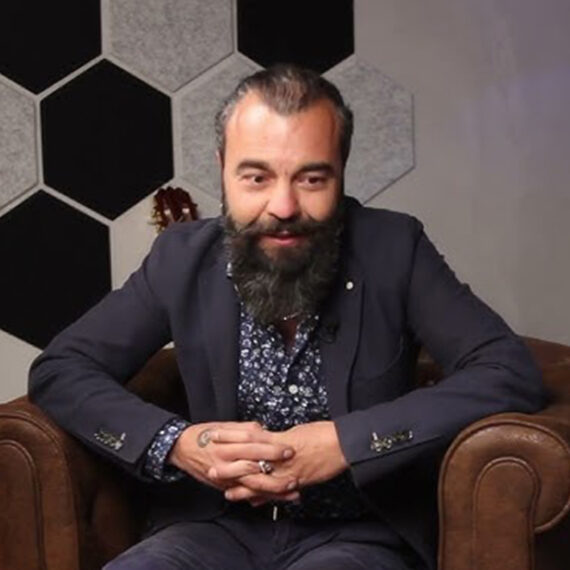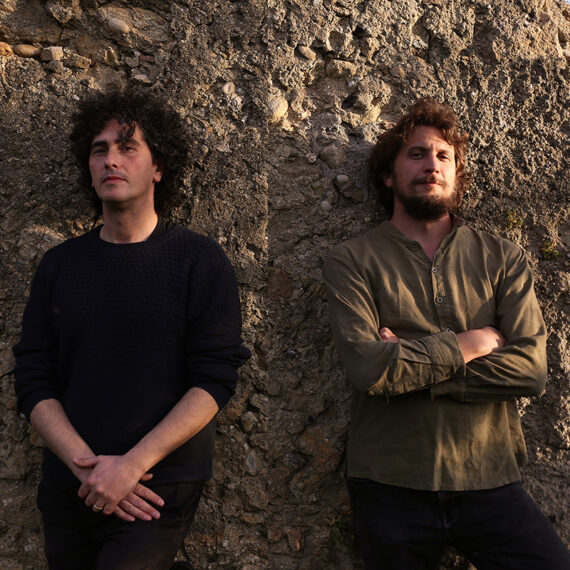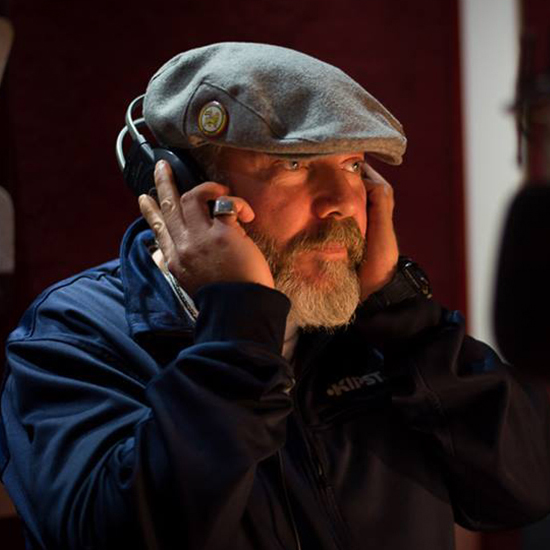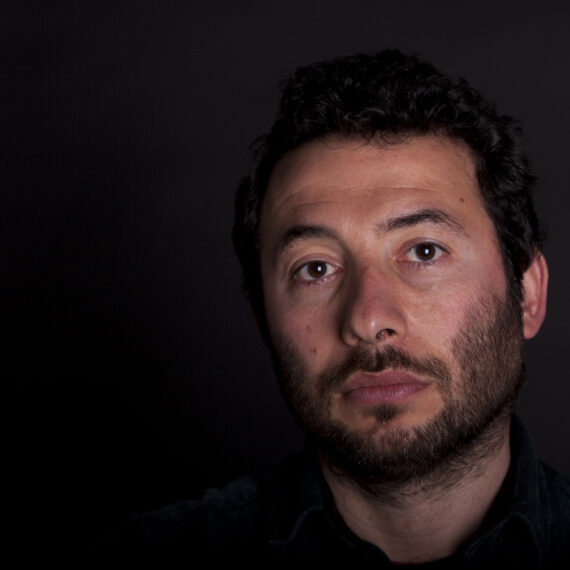Nonò Salamone
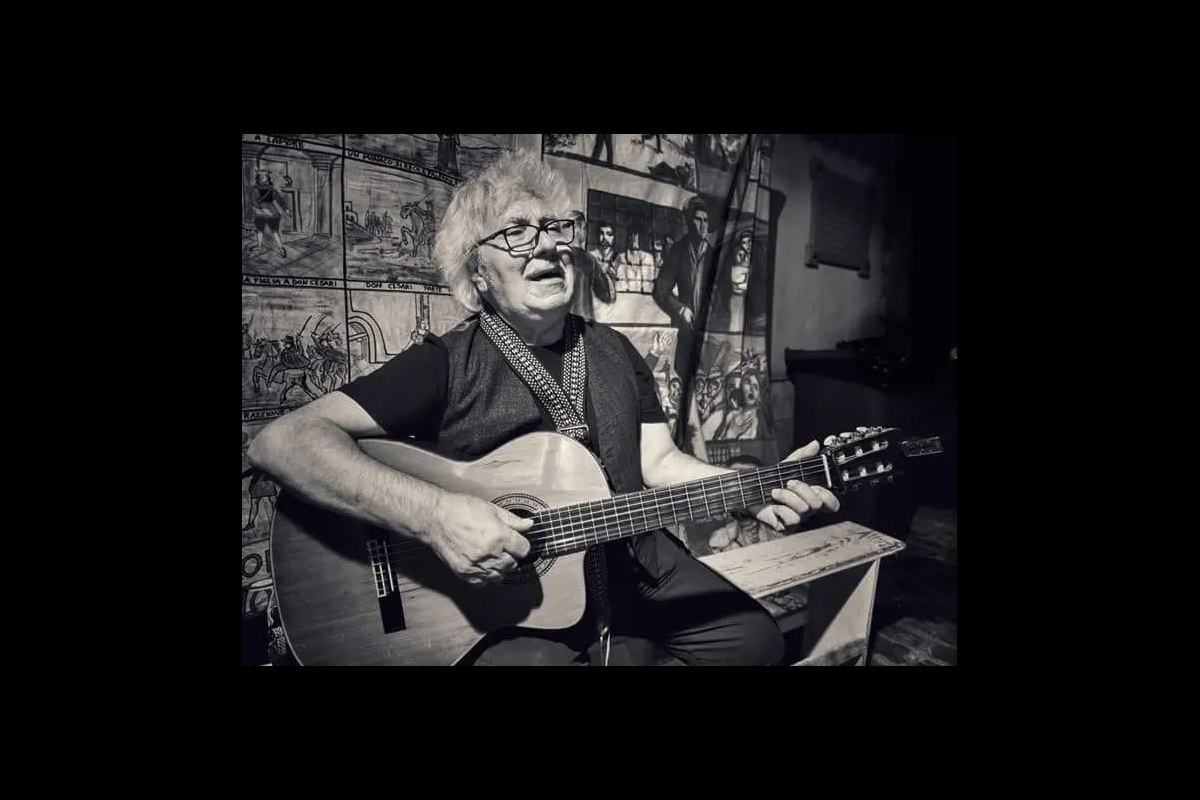
“In times like ours, with instant communication and virtual meetings, the figure of the storyteller, a wandering street artist, might seem anachronistic. However, I continue to believe in this role as an authentic voice of the people.” Nonò Salamone is one of the last storytellers, proudly belonging to an ancient lineage dating back to the Middle Ages, consistently narrating contemporary times by blending imagination and news while patiently touring squares and fairs.
Born in the hinterland of Sicily, in Sutera, in 1945, he started singing in popular square festivals from a young age. At 17, he was forced to leave and “go to work wherever the sun shines,” as he recites in his second ballad in Sicilian. He first emigrated to Milan and then to Germany, where he worked on a construction site during the day and performed with his band at night. In 1971, he moved to Turin, and the new industrial reality, combined with his work experience in Milan and Germany, prompted Salamone to contribute to a greater understanding of the authentic experiences of the Sicilian people through dialectal theater and folk songs. Discovered by a Piedmontese director looking for a Sicilian actor who could sing and play the guitar to create a show on the poetry of Ignazio Buttitta, “Lu pani si chiama pani,” he underwent an audition and not only passed it but also formed a friendship with the poet from Bagheria, for whom he later set music to many of his works.
Nonò Salamone has also been a guest on various programs, including “Uno mattina” and “Cronache italiane.” He has participated in the most important national and international music festivals in the field. His story has been told by several foreign broadcasters. In 1992, he received the Rosa Balistreri award in Palermo, and at Beaubourg in Paris, he was the protagonist of the show “La rivoluzione del cantastorie,” later performing in many shows among Italian emigrants in Germany, France, Belgium, Switzerland, England, America, Canada, Argentina, and Chile. He appeared on BBC (England), CDF and WDR (Germany), and Swiss television. He has been featured in numerous radio broadcasts with Rai. He has recorded dozens of albums and has been the subject of several thesis studies. His name appears in the collections of Curcio and Fabbri Editors, alongside renowned singer-songwriters like Domenico Modugno and Roberto Murolo.
For the storyteller, the most congenial spaces are the square and fairs, where he has the opportunity to establish a direct relationship with both old and young people. In a society where illiteracy prevailed, and obscurantism was favored, with only the help of the guitar and “signboards,” he replaced newspapers, radio, and television at a time when these means of communication did not exist. If at that time, he was a “news reporter,” recounting current and daily life events, today the storyteller is a “third-page journalist”: narrating news from yesterday and today to keep them alive for himself and the audience, to delve into them, comment on them, even pass judgment and draw a moral from them. Above all, he interprets the thoughts of ordinary people, becoming the mirror of his people. He presents them with a more refined musical frame and showcases them in theaters and festivals.
This is Nonò Salamone, who, for his art, has been included in the Book of Living Human Treasures with the following motivation: “Considering the cultural relevance of the figure of the storyteller in the history of Sicilian collective culture, of which Nonò Salamone is one of the most renowned and deserving representatives, the committee has admitted by clear fame the enrollment in the Register of Intangible Heritage of Sicily.”
This is Nonò Salamone, who on Saturday, June 25, will be one of the protagonists of the “Night of the Storytellers” at Castello Ursino in Catania, as part of the prelude to the 13th edition of the Marranzano World Fest.
